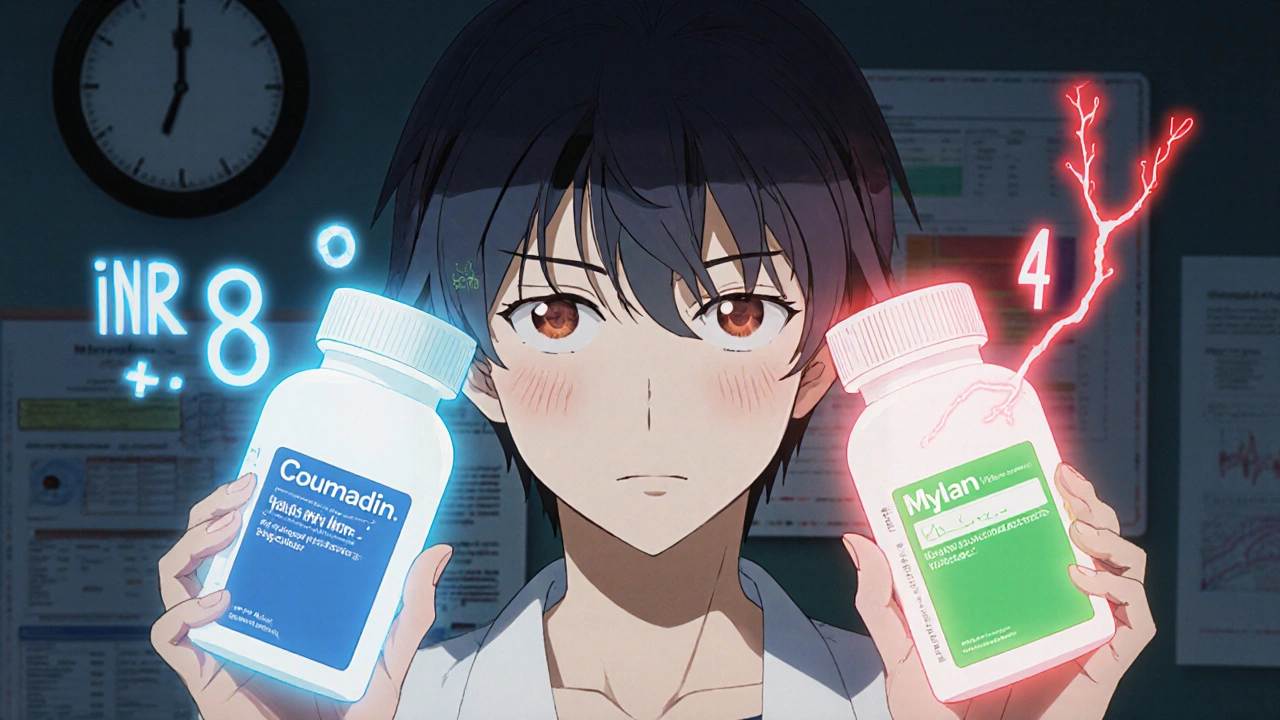Narrow Therapeutic Index: What It Means and Why It Matters for Your Medications
When a medicine has a narrow therapeutic index, a small difference between the effective dose and the toxic dose. Also known as a narrow therapeutic window, it means your body can’t tolerate much variation—too little and it doesn’t work, too much and you could end up in the hospital. This isn’t just a technical term. It’s a life-or-death detail for people taking drugs like warfarin, digoxin, lithium, or phenytoin. These aren’t over-the-counter supplements. They’re powerful, finely balanced tools that require precision, monitoring, and awareness.
Why does this matter? Because medication interactions, when two or more drugs affect each other’s absorption, metabolism, or elimination can push a safe dose into the danger zone. Take warfarin, for example. It’s used to prevent clots, but if you start taking an antibiotic like trimethoprim or even switch from one brand of generic to another, your INR can spike overnight. That’s not theory—it’s a real risk backed by ER visits and case studies. Same goes for high-risk medications, drugs that demand strict dosing control due to their potency and narrow safety margin. A 10% change in blood levels might mean the difference between controlling seizures and having a toxic reaction.
People often assume all prescriptions are equally safe. They’re not. A drug with a wide therapeutic index—like amoxicillin—can be taken with some flexibility. But a drug with a narrow therapeutic index? One missed dose, one extra grapefruit, one new supplement, and the balance tips. That’s why doctors order regular blood tests for these meds. That’s why pharmacists flag interactions. And that’s why you need to know which ones you’re on. If you’re taking something like digoxin for heart failure, or lithium for bipolar disorder, you’re not just managing a condition—you’re walking a tightrope. The margin for error is razor-thin.
The posts below cover exactly these kinds of high-stakes scenarios. You’ll find real-world breakdowns of drugs with narrow therapeutic windows, how they interact with other meds, what symptoms signal trouble, and how to stay safe without being scared. From heart medications that can turn deadly when mixed, to blood thinners that demand careful timing with activity, these articles don’t just explain the science—they give you the tools to protect yourself. You won’t find fluff here. Just clear, practical guidance from someone who’s spent years in the pharmacy trenches, watching what happens when precision gets ignored.

